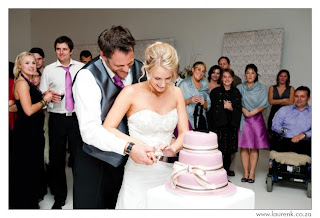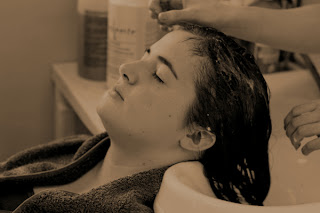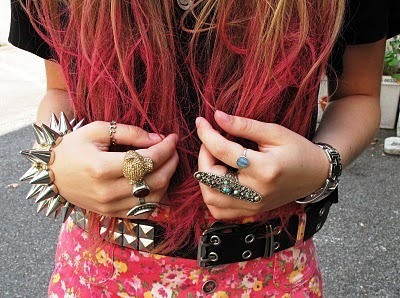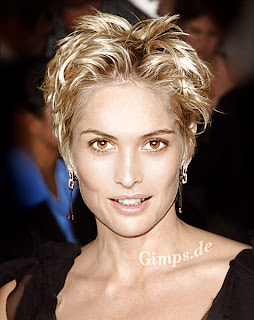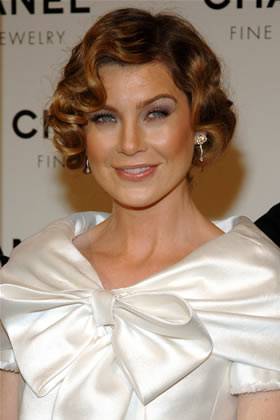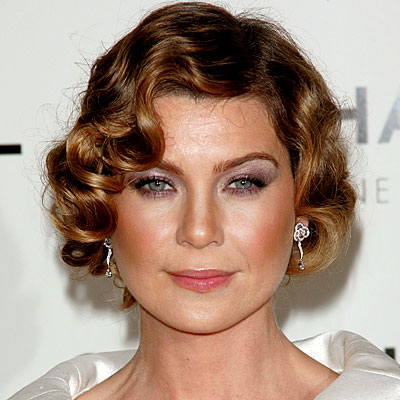If you want a long-term solution to these problems you need to address the dry hair which means there's good news and bad news.... you can do something about the problem but it also means it's up to you to actually take responsibility and have patience to see improvement as your hair grows and your scalp normalises. You will need to address the real cause (dry hair) not just the symptoms (frizziness / dullness / unmanageability), but you can also treat your hair and scalp more gently to achieve the healthy, vibrant results you want!
Let's first look at addressing the cause....
From the Inside
Essential fatty acids improve the hair texture and prevent dry, brittle hair. EFAs function in metabolic processes and are anti-inflammatory.
Role:
- For fat metabolism
- The formation of the membranes of billions of cells in the body
- Supporting the natural quality and health of one's skin, hair and nails
- Maintaining a healthy blood pressure
- Maintaining healthy and normal brain function
- Regulating moods and the endocrine (hormonal) system
Signs of Deficiency:
- Frequent Migraines/ Excessive thirst
- Stiff, painful joints/ Increased inflammatory response
- Tendency to depression/ Reduced ability to cope with stress
- Wax in ears
- Dull hair
- Dry skin/dermatitis, acne and numerous other skin problems
- Cravings for fatty foods such as fries, potato chips, cheese, pizza, toasted sandwiches, donuts, cream and dare I say, chocolate? :)
For more health information you can read an excerpt from Mary-Ann Shearer's book 'Perfect Heath' here.
Food sources:
 |
| AIMega Essential fatty acid supplement |
- Dark green, leafy vegetables
- Deep water fish
(For example: salmon, mackerel, sardines and tuna)
- Seed oils, Fish oils and Nuts etc.
(For example: flaxseed oil, linseed oil, primrose oil, canola oil, rapeseed oil, soya oil, hemp oil, pumpkin seeds, sunflower seeds, linseeds and walnuts)
- Supplements! (Especially with the correct ratio of Omega fatty acids)
Tip: In a typical Western diet we consume a greater amount of Omega-6 fatty acid than Omega-3 fatty acid therefore I have highlighted the sources of EFAs which are rich in Omega-3s
Before I move on I also want to add some simple wisdom in looking after yourself. We all get busy and stressed but try to be moderate with the caffeinated drinks, sugary/carbonated drinks and alcohol, and remember to stay hydrated with pure, filtered water and [sports] drinks with electrolytes, to help support your body's natural metabolism and hydration.
And now...
From the Outside
From the Outside
 |
| Naturalmente Fennel and Geranium Deep Hydrating Treatment (Conditioner) |
Essential oil treatments and hair care products can play a supportive role in achieving lush, healthy hair. The pure natural essences from vegetal extracts, roots, wood and other natural sources can provide a natural means of healing, supporting and maintaining the health of your scalp and hair.
The products of Naturalmente are based on such essences and so will provide these extraordinary treatment benefits from shampooing and conditioning through to styling and finishing.
Recommended Hair Care:
For a dry scalp or dry hair I would recommend the Fennel and Geranium shampoo. Curly, frizzy, dry hair will benefit from the corresponding conditioner too. During drying and styling, Naturalmente's Tonic Spray provides gentle leave-in conditioning for frizz-free curls and Macassar serum will help smooth and seal dry hair and split ends whilst treating your hair, as well as your senses, to pure aromatherapy bliss :)
 |
| Naturalmente Macassar restructuring fluid |
If you enjoyed this blog post, you may also be interested to read:
Healthy Hair From The Inside Out
Naturalmente - Shampoos & Conditioner/Treatments
Treat Your Tresses
Aromatherapy: Essential Oils for treating Hair and Scalp















